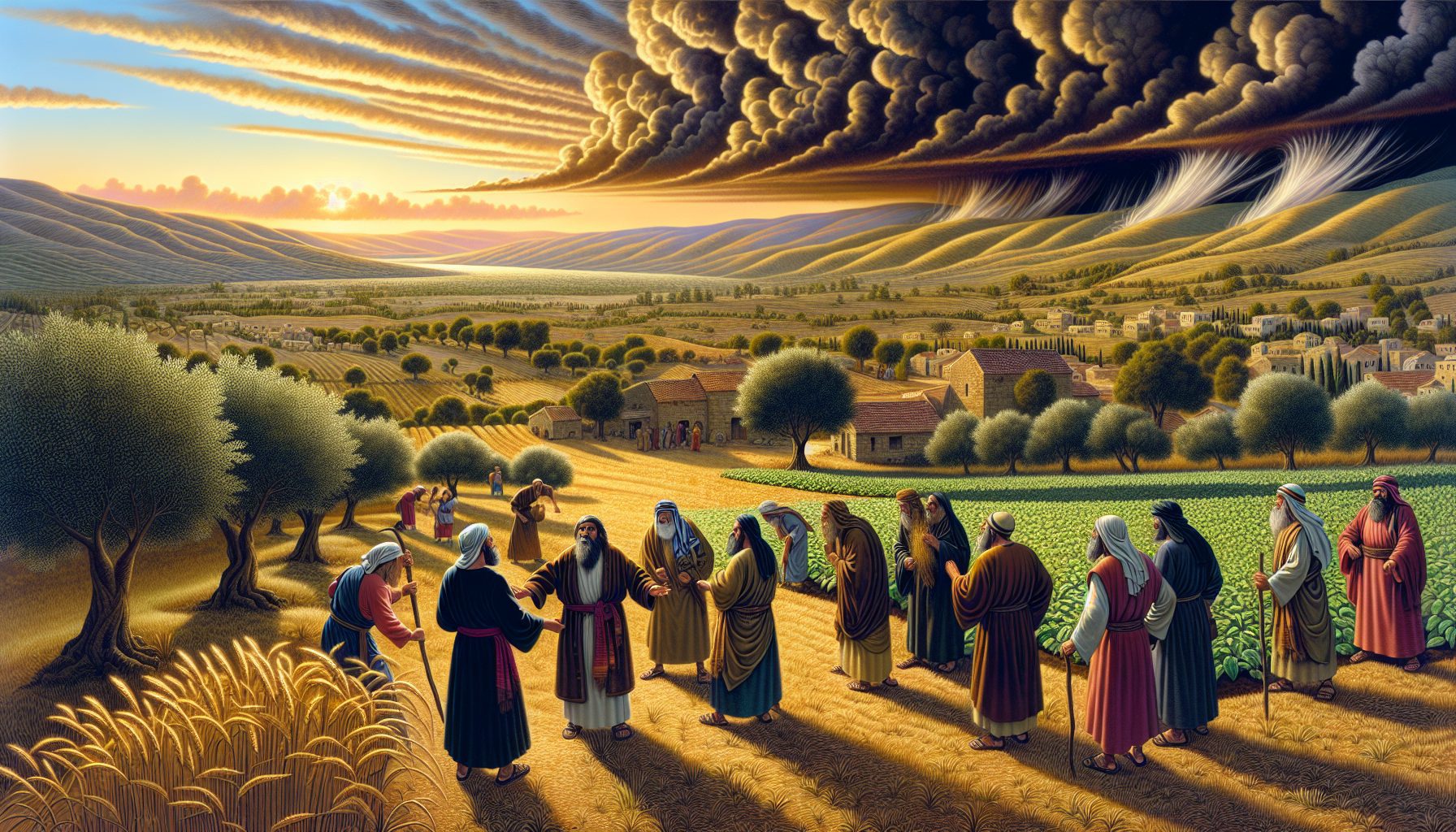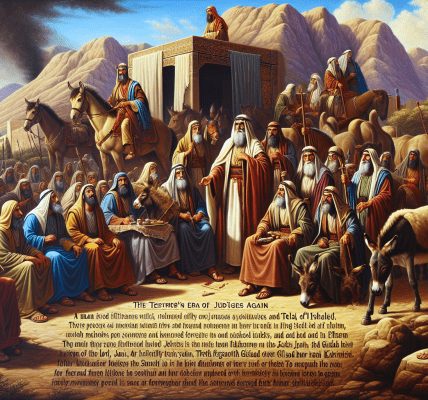**The Building of Solomon’s Temple**
In the four hundred and eightieth year after the Israelites had come out of Egypt, in the fourth year of King Solomon’s reign over Israel, in the month of Ziv—the second month—the king set his mind to fulfill the dream of his father, David. The Lord had promised David that his son would build a house for His name, and now the time had come.
### **The Divine Command and the King’s Obedience**
The word of the Lord had come to Solomon, saying, *”Concerning this house which you are building, if you walk in My statutes, execute My judgments, keep all My commandments and walk in them, then I will perform My word with you, which I spoke to your father David. And I will dwell among the children of Israel and will not forsake My people.”*
With this promise burning in his heart, Solomon gathered the finest craftsmen, the most skilled laborers, and the wealth of the kingdom to begin the great work. Cedar from Lebanon, stone from the quarries, and gold from Ophir—no expense was spared, for this was to be the dwelling place of the Most High.
### **The Grand Design of the Temple**
The dimensions of the house were precise: sixty cubits long, twenty cubits wide, and thirty cubits high. Before the main hall stood a portico, extending another twenty cubits in length, matching the width of the temple. Its height was awe-inspiring, rising to the full measure of the house itself.
The stones for the foundation were hewn at the quarry, so that no hammer, chisel, or any iron tool was heard in the temple while it was being built. The silence was a sign of reverence—this was no ordinary construction, but a sacred work.
### **The Inner Sanctuary and the Holy Place**
The interior was divided into two chambers: the Holy Place and the Most Holy Place. The Holy Place was forty cubits long, adorned with panels of cedar engraved with gourds and open flowers. Every inch was overlaid with pure gold, reflecting the light of the golden lampstands.
Beyond the Holy Place, separated by doors of olive wood carved with cherubim, palm trees, and open flowers, was the Most Holy Place—a perfect cube of twenty cubits. Here, the Ark of the Covenant would rest beneath the outstretched wings of two massive cherubim, each ten cubits high, made of olive wood and overlaid with gold. Their wings touched in the center, forming a canopy over the mercy seat, the very throne of God’s presence.
### **The Splendor of the Details**
The walls were lined with cedar, from floor to ceiling, each beam carved with intricate designs of cherubim, palm trees, and blooming flowers, all covered in gold. Even the floor was overlaid with gold, so that every step taken within the temple was upon the symbol of divine purity.
The doors of the inner sanctuary were a masterpiece—five-sided doorposts of olive wood, adorned with cherubim, palm trees, and flowers, all gilded. The entrance to the Holy Place had four-sided doorframes of cypress wood, each door made of juniper, carved and overlaid with gold.
### **The Completion and the Promise**
For seven years, the temple rose in silence and splendor, a testament to Solomon’s devotion and God’s faithfulness. And when the last stone was set, the final golden overlay placed, and the cherubim stood with wings outstretched, the Lord spoke again to Solomon:
*”As for this temple which you are building, if you walk in My statutes, execute My judgments, and keep all My commandments by walking in them, then I will establish My word with you, which I spoke to your father David. And I will dwell among the children of Israel and will not forsake My people Israel.”*
Thus, the house of the Lord stood complete—a beacon of His glory, a dwelling for His name, and a reminder that He is a God who keeps His promises.



